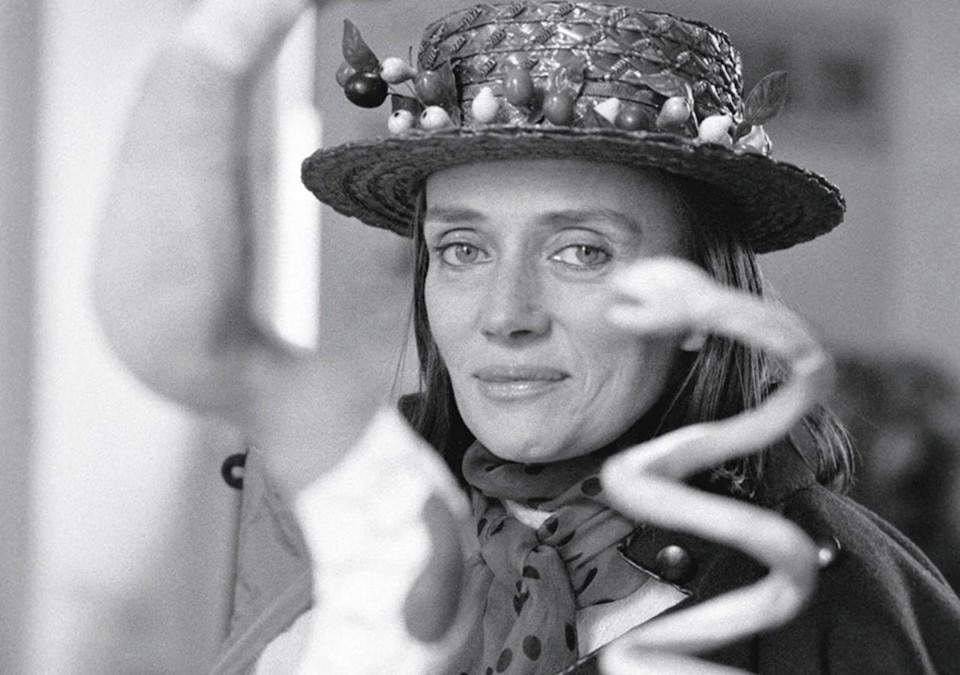by Carla Tozzi
I’m not the person who can change society, except through showing some kind of vision, of this happy joyous dominating women. That’s all that I can do.
The name Niki de Saint Phalle immediately brings to mind images of color and playfulness, from works such as the Nanas, large sculptures with feminine features, sinuous in their forms and garish in their colors, to the Tarot Garden, a magical and colorful place located in the Tuscan Maremma, imagined and built by Niki de Saint Phalle together with Jean Tinguely. These works, which truly convey a joyful worldview, are the result of an in-depth artistic process through which the artist has gone through and overcome moments of pain in her life and explored contemporary society.
MUDEC celebrates Niki de Saint Phalle, with an extensive exhibition curated by Lucia Pesapane (also co-curator of the exhibition at Pirelli HangarBicocca dedicated to Jean Tinguely, Niki de Saint Phalle's second husband), which from October 5, 2024 to February 16, 2025 brings more than one hundred works by the French artist to Milan, tracing the milestones of her life and career, emphasizing her relevance to the contemporary world.
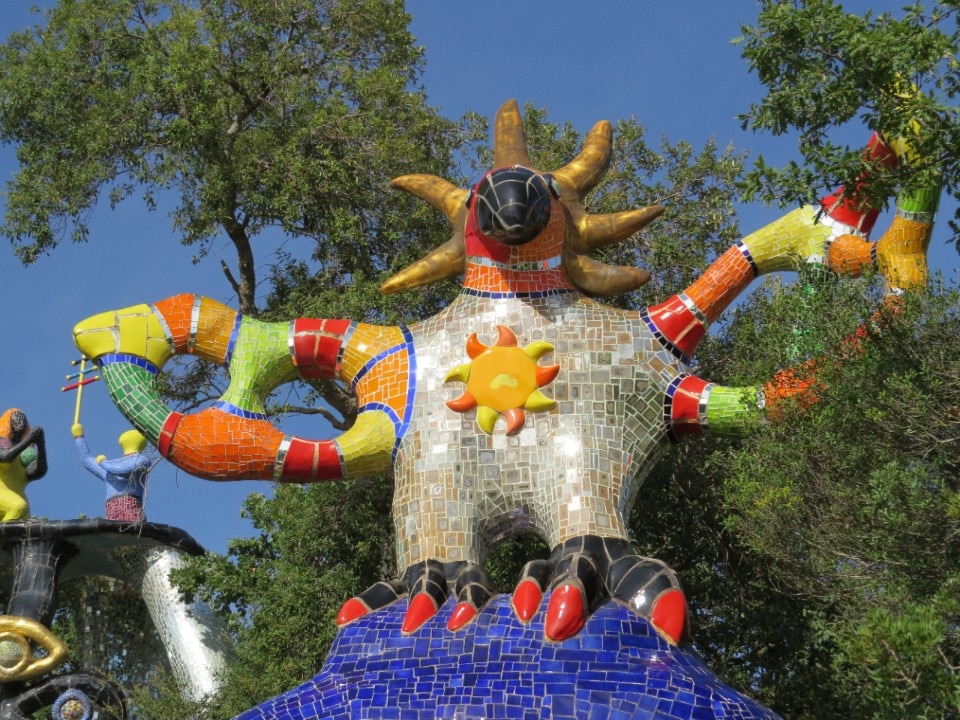
Niki de Saint Phalle was born in Neully-sur Seine in 1930, within the privileged environment of a wealthy aristocratic family, with a French father who was both a banker and a nobleman by birth, and an American mother who pursued a career as an actress. During the crisis at that time, the whole family relocated to New York, and she split her time between the city and her grandparents' chateau in France. When she was sent to boarding school, her rebellious nature quickly surfaced when faced with the idea of conforming to her mother's expectations of being an ideal housewife. Despite appearing as a typical bourgeois family, the de Saint Phalle family had underlying issues, including Niki's mother's unhappiness and oppressive behavior, as well as the severe sexual harassment Niki endured from her father.
In the midst of her emotional turmoil and dissatisfaction, the beautiful and youthful Niki ventured into modeling, gracing the pages of publications such as Vogue and Life. At just eighteen years old, she wed a wealthy man from New York and then had two children, but the dullness of a repetitive married existence, following rules she had always opposed, caused her to suffer a mental collapse in 1953, leading to her confinement in a mental facility in Nice.
It was during this intense moment that Niki de Saint Phalle reconnected with her true self and recognized art as a remedy for her inner turmoil. Moving away from her family in the United States, she decided to settle in Paris to concentrate on her artistic progress and explore a different world and inner self. Following a self-taught education, Niki de Saint Phalle began touring Europe and participating in Parisian social scenes starting in the late 1950s. Drawing inspiration from Dubuffet's Art Brut and Pollock's action painting, she focused on painting initially, but eventually incorporated object trouvée into her artwork.
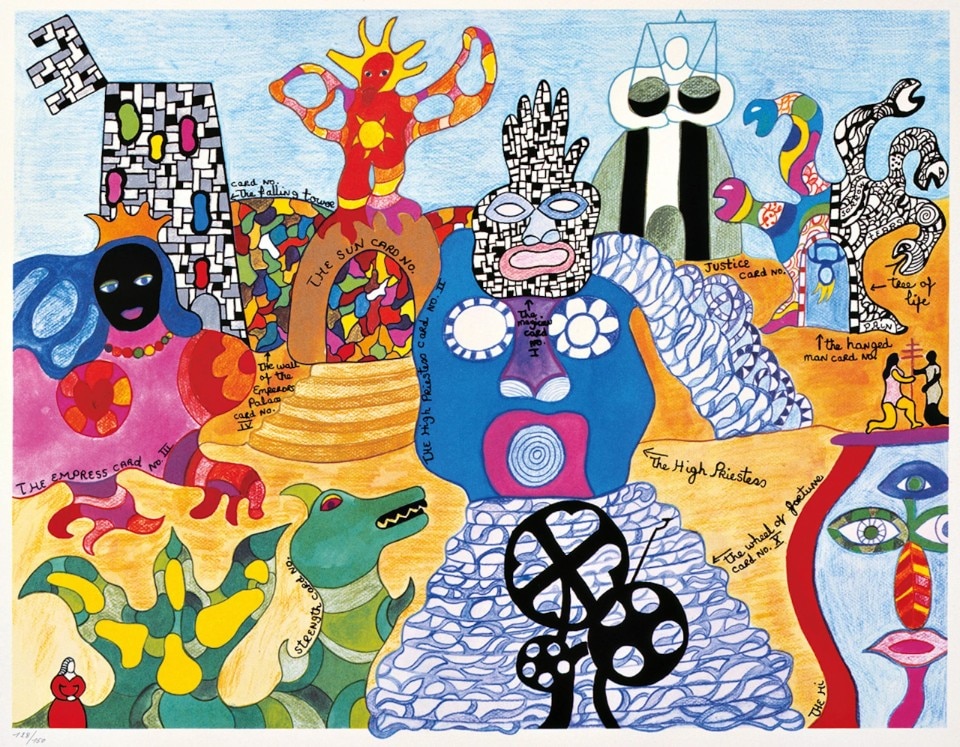
The immediacy of her pieces, which are more about doing than telling, her use of found objects, and the intense emotional power she puts into her art, all contribute to a vision that is reminiscent of the Nouveaux Réalistes group, of which she then became a part. Niki de Saint Phalle was one of the few women, and quite possibly the only one, who received recognition for her artistic merit from artists and critics during that period.
After leaving her husband for good and moving to Impasse Ronsin in Paris, in the 1960s she met Jean Tinguely with whom she would begin an artistic and romantic partnership, later marrying him in 1971.
In the 1960s, Niki de Saint Phalle used her artistic creations to delve into personal issues while also shedding light on important social issues that she deeply cares about, including promoting a more feminine and feminist worldview and fighting racial discrimination. First the Tirs, performative actions that see anger as a force of death and rebirth at the same time, in which plastic bags, filled with color and tied on sculptures or canvases, become targets of bullets fired by the artist with a rifle.
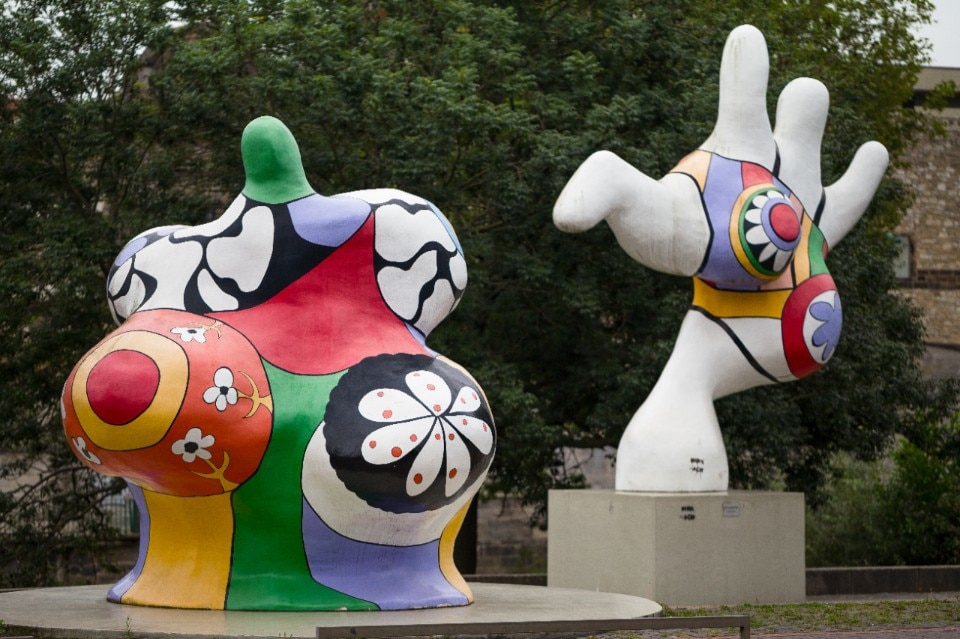
The years of the shootings were like a rite of purification for the artist, who decides in the middle of the decade to devote himself to another kind of creative act, that of the sculptural creation of the lively Nanas are joyful female sculptures that boldly resist societal limitations on women by expressing exuberant defiance and joy. At the dawn of 1968, the Nanas with their large dimensions are exhibited on multiple occasions - such as in the exhibition Les Nanas au Pouvoir at the Stedelijk Museum in Amsterdam in 1968 - to mark the presence and rightful role of women in society, even if not yet recognized.
The Nanas come to assume architectural dimensions and become environments, as with the Hon made for the Moderna Museet at the invitation of Pontus Hulten, in 1966. A reclaiming of public spaces that sparks a new conversation about the dynamics between men and women, the empowerment of the female body as a tool for self-expression and autonomy, and the transformation of traditionally male-dominated communal areas into vibrant spaces filled with carefree female figures.
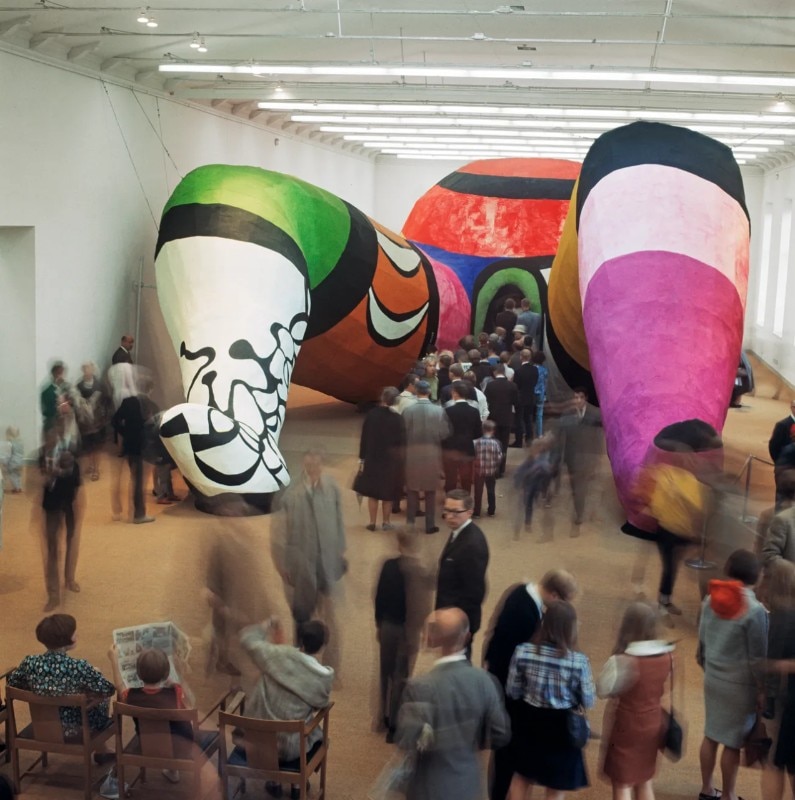
Inspired by the shapes and color of Antoni Gaudí’s Parc Guell, the architectural dimension conquered by the Nanas, finds in the Tarot Garden project the realization of a total work of art, which is the crowning achievement of Niki de Saint Phalle's artistic journey, in which painting becomes a skin for sculpture, which in turn is transformed into environment, into architecture.
In the core of Niki de Saint Phalle’s journey, there has always been a strong connection between her artistic expression and her daily existence, where art transforms into a physical and emotional space she fully embraces, to the extent that for a considerable period, the Tarot Garden serves as her primary dwelling place. Collaborating with Tinguely, despite their separation, she maintained their artistic connection to create a utopian city symbolizing harmony achievable only in a matriarchal society.

Between the 1980s and 2002, the year of her death from lung problems due to contact with polyester to which she was allergic, and other materials as she recounts in an interview, Niki de Saint Phalle has continued to work and experiment, and to fight her personal and collective battle.
It’s very strange to have a material that one really likes to create with, and it’s absolutely deadly, it’s my enemy.
Tireless until the end, among other things, she published her memoirs in 1994, carried on the artistic legacy of Tinguely who died in 1991 with the opening of the foundation dedicated to him in Basel, and actively participated in campaigns against AIDS.
Her artworks, displayed in leading museums and cities around the world, unfold a story of victory and rebirth, in which art is an energetic, revolutionary force, capable of envisioning a less discriminatory society, more attentive to individual freedoms, a precious legacy of Niki de Saint Phalle’s vision.

